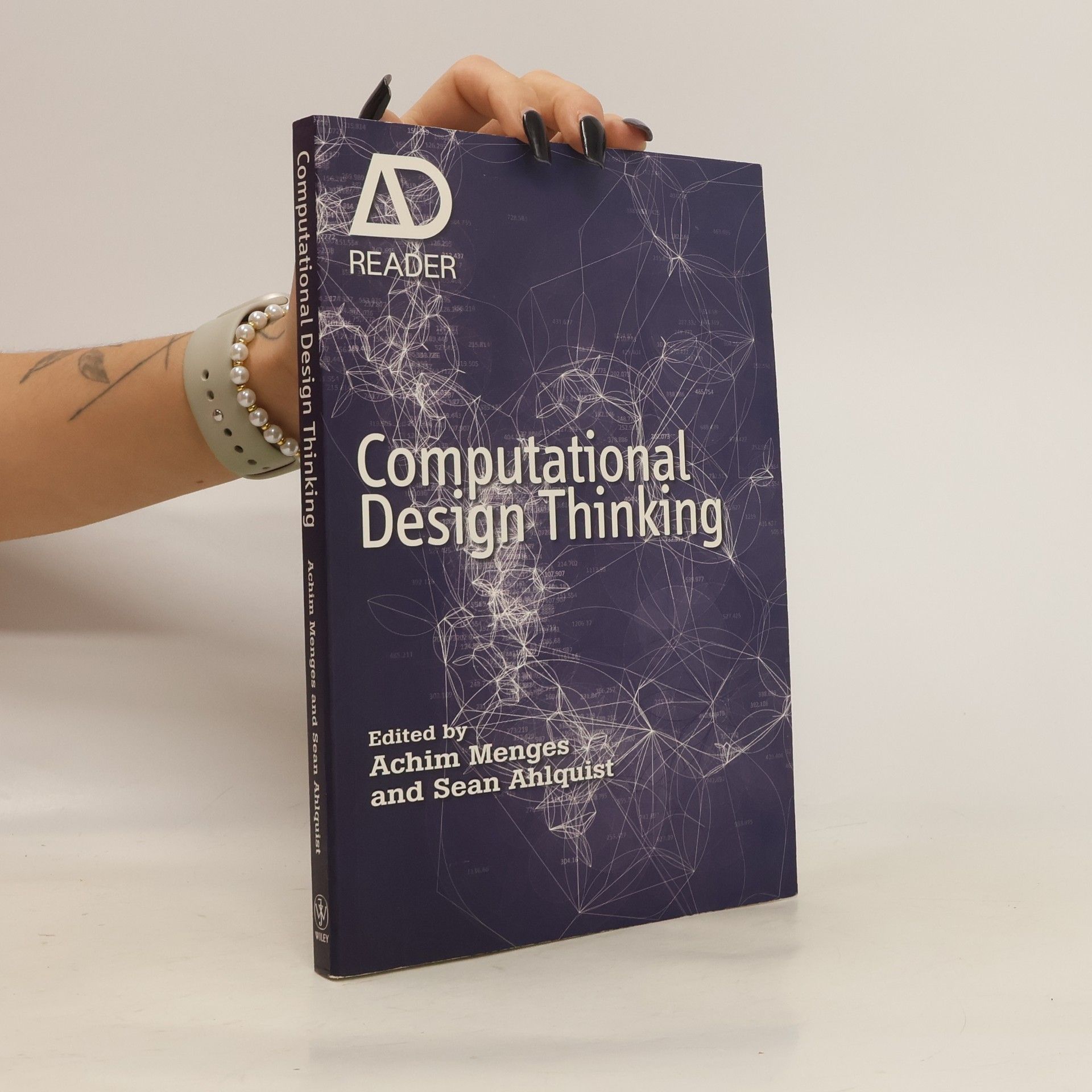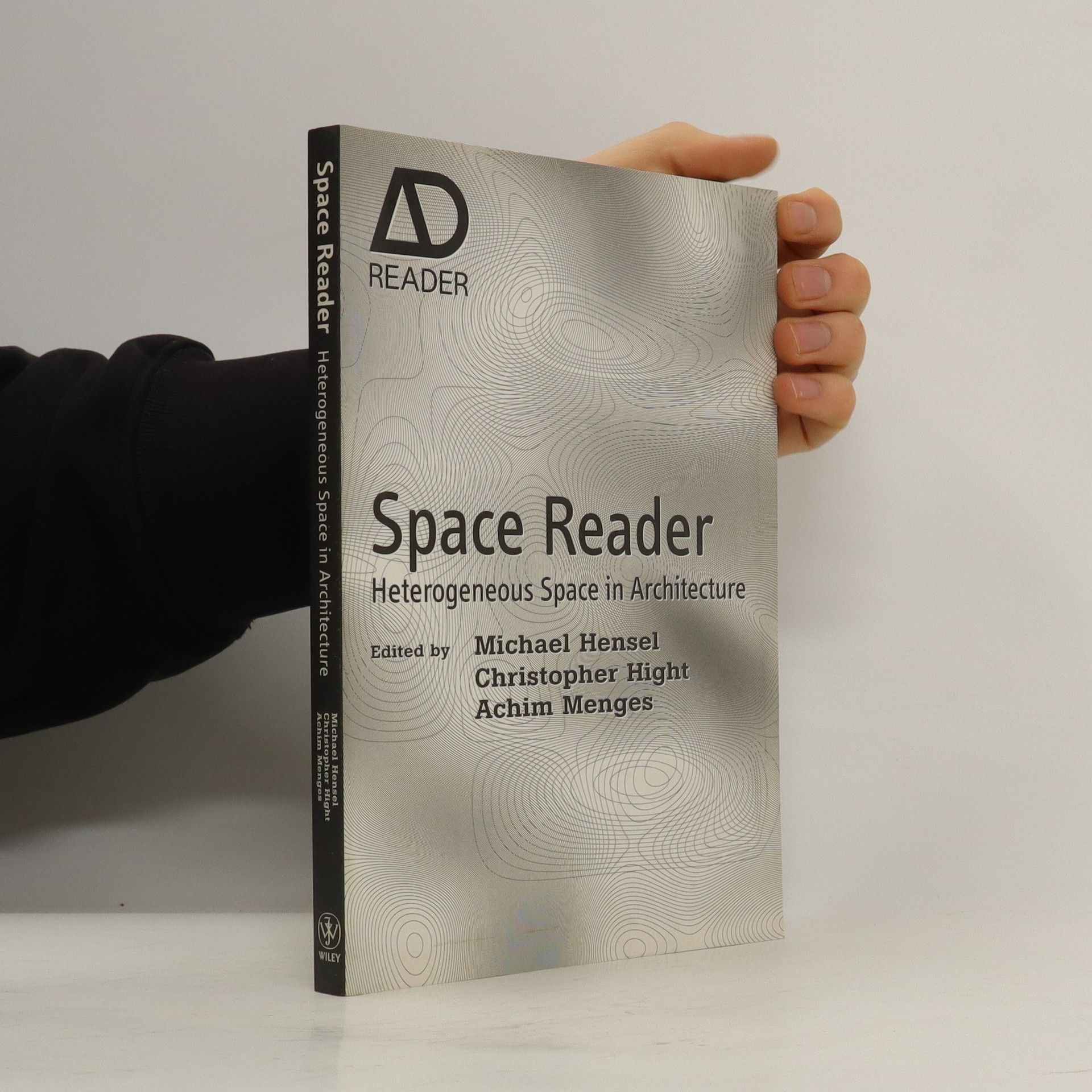The Space Reader provides a highly pertinent and contemporary understanding of space for a new generation of students and architects. It espouses a definition of space that is heterogeneous (an object or system consisting of a diverse range of different items). An example of heterogeneous space, for instance, is Manhattan where complex and multiple social and technological conditions are overlaid. (This is to be contrasted with highly centralised and ordered Modernist cities.) With the onset of globalisation and the Web, heterogeneneous space, with its emphasis on differentiation, is more relevant to the contemporary condition, which encourages the mixing of space, than a much more static conception of Modernist space. This book foregrounds spatial issues and the potential of heterogeneous space through a threefold strategy: 1) Its compilation of seminal essays on the discourse of heterogeneous space. These are to include previously published key texts by Reyner Banham, Andrew Benjamin, Robin Evans, Jeff Kipnis and Henri Lefebvre, as well as new texts by important contemporary commentators, such as Mark Cousins, Werner Durth and Anthony Vidler. 2) By commenting on these seminal texts and drawing links between them. 3) By distilling from the first two efforts a contemporary outlook on a discourse of heterogeneous space that is of future significance.
Achim Menges Knihy






Looking Beyond the Structure
- 296 stránok
- 11 hodin čítania
This text examines the relationship between the built form and culture and serves as an introduction to thinking philosophically about design theory.
Computational Design Thinking
- 224 stránok
- 8 hodin čítania
The current transition from Computer Aided Design (CAD) to Computational Design in architecture represents a profound shift in design thinking and methods. Representation is being replaced by simulation, and the crafting of objects is moving towards the generation of integrated systems through designer-authored computational processes.
Digital Fabrication
- 304 stránok
- 11 hodin čítania
Digital Fabrication offers an informed overview of the impact of digital technologies on architectural fabrication today, providing a snapshot of the latest developments in the field, drawing upon the leading experts in architectural practice and education from across the world.
This book is a documentation of the joint workshop of MIT, ETH and Tongji University, which integrates COMPAS and FURobotic to explore the advances in additive manufacturing and robotic fabrication
The Flying Zoo
- 296 stránok
- 11 hodin čítania
An enthusiastic exploration of the co-evolutionary dance of birds and their parasites.
The book explores the computational mechanisms and diagrammatic grammar within these craft-based aggregation systems, paying close attention to geometrical configurations, material effects and fabrication details and take advantage of these qualities to produce a unique spatiality.
Die weite Verbreitung, hohe Leistungsfähigkeit, und leichte Bearbeitbarkeit macht Holz zu einem idealen Baumaterial für innovative Konstruktionen. Ziel des Forschungsprojektes ist die Entwicklung eines Massiv-Holz-Bausystems, bei denen einfache Holz-Elemente durch digitale Fertigungsmethoden so bearbeitet werden, dass sie durch Form und Fügung konstruktive und bauphysikalische Anforderungen des energieeffizienten und nachhaltigen Bauens erfüllen. Am Beispiel eines variablen Prototypen-Gebäudes, das in Partnerschaft zwischen der Universität Stuttgart, der Jade Hochschule und der IBA Thüringen entwickelt und gebaut wird, soll das Bausystem erprobt werden. Als eines der ersten voll parametrisch entworfenen und digital hergestellten Gebäude mit einer Vollholzkonstruktion stellt das Projekt einen wichtigen Schritt für die moderne Architekturforschung dar. Vor allem die praxisnahe Evaluation der Entwurfs- und Fertigungsmethodik hat eine Reihe von wichtigen Erkenntnissen zur Folge. Das Forschungsprojekt kann insofern als ersten Schritt für die Entwicklung eines neuen Bausystems angesehen werden.
Literarische Bildung und gesellschaftliche Modernisierung
- 202 stránok
- 8 hodin čítania